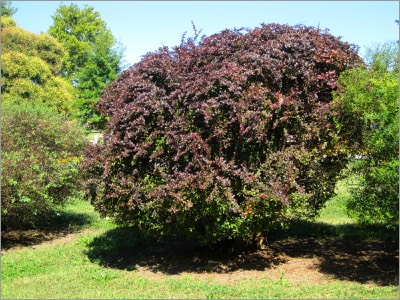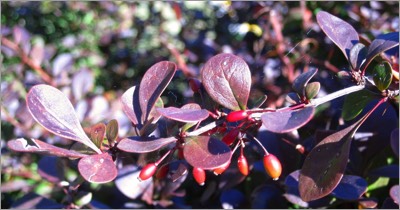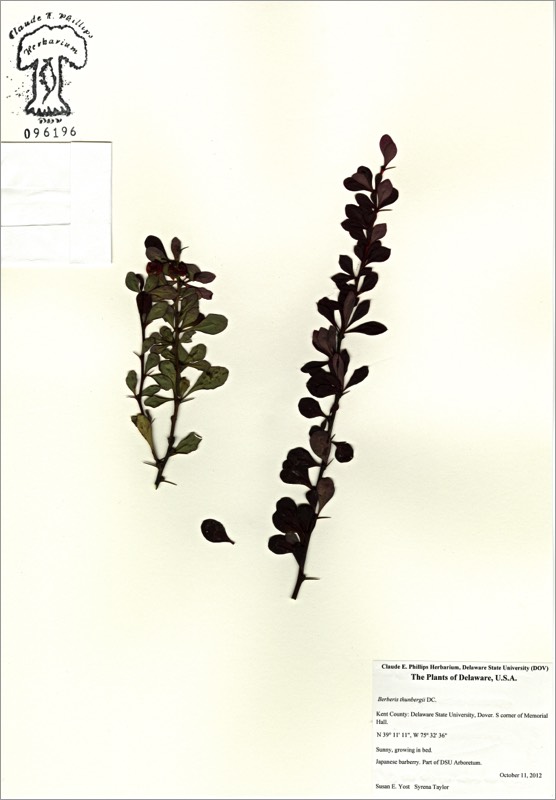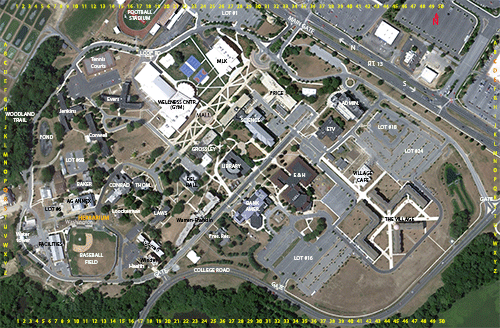*Japanese barberry


*Berberis thunbergii
JAPANESE BARBERRY
Berberidaceae
E. Asia
Location: map coordinates O-17 (north of Thomasson Building),
N 39°11'9'' W 75°32'39''
Planting history: presently unknown.
Description:
*Non-native species (not native to Delaware). Listed as Invasive in Delaware
JAPANESE BARBERRY
Berberidaceae
E. Asia
Location: map coordinates O-17 (north of Thomasson Building),
N 39°11'9'' W 75°32'39''
Planting history: presently unknown.
Description:
- deciduous shrub
- etymology: Berberis from the Arabic name; thunbergii from Carl Peter Thunberg (1743-1828) Swedish botanist/physician and student of Linnaeus, who introduced many plants from Japan
- leaves small, entire
- fruit a red berry
- branches spiny
- widely planted as ornamental; invasive in much of eastern U.S.
*Non-native species (not native to Delaware). Listed as Invasive in Delaware


HIT REFRESH TO START LOCATION GRAPHIC